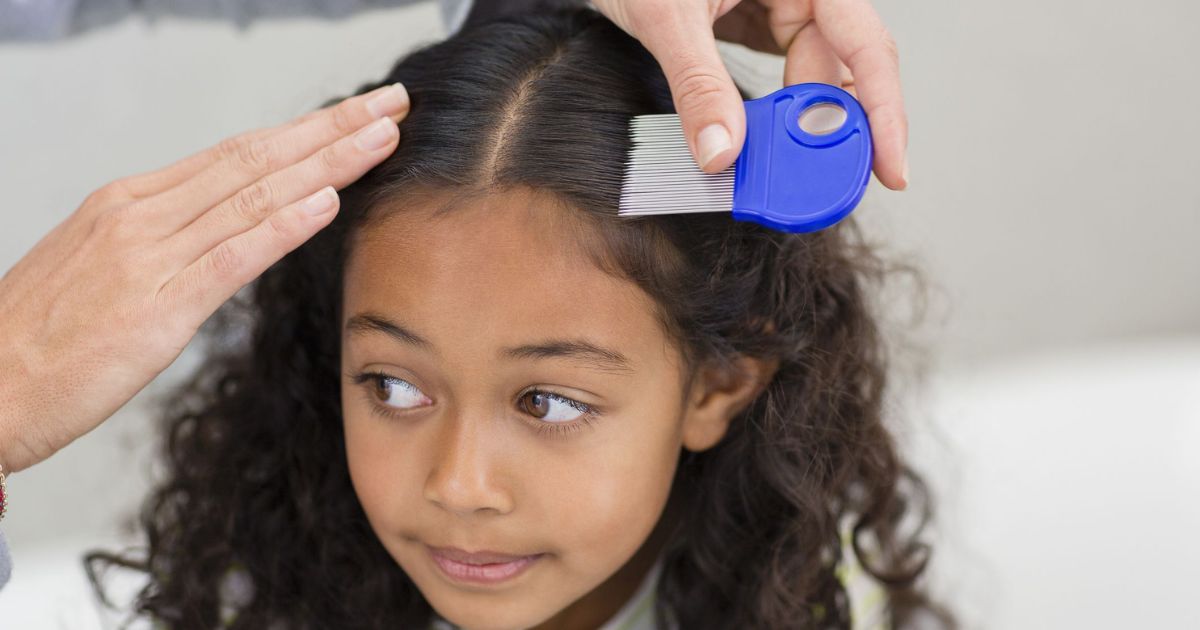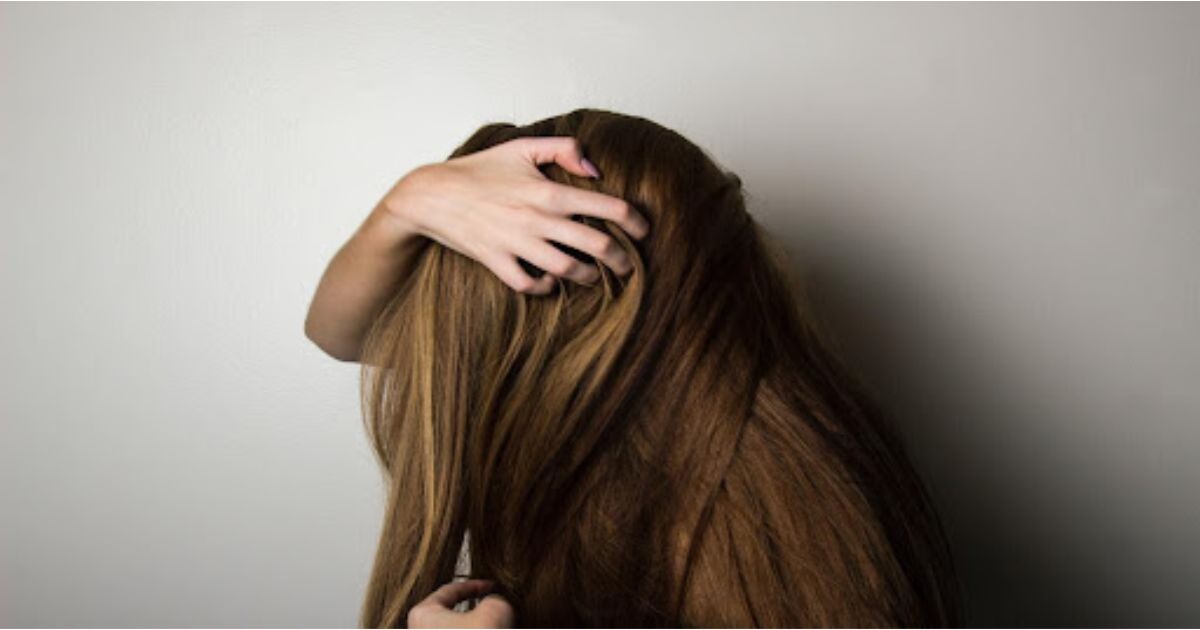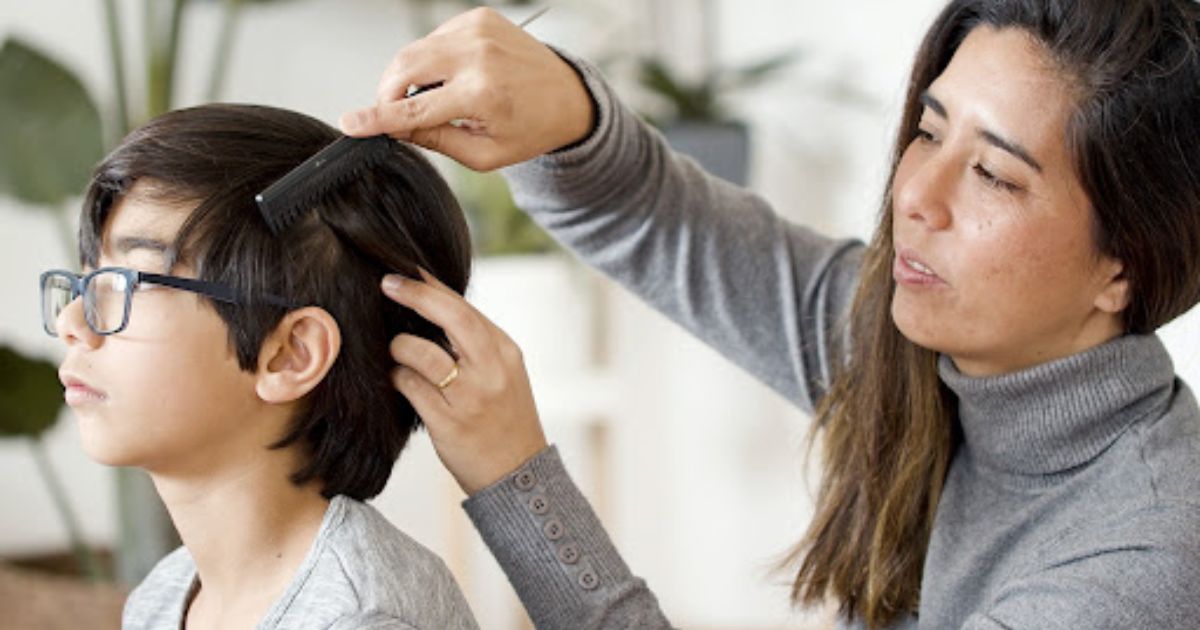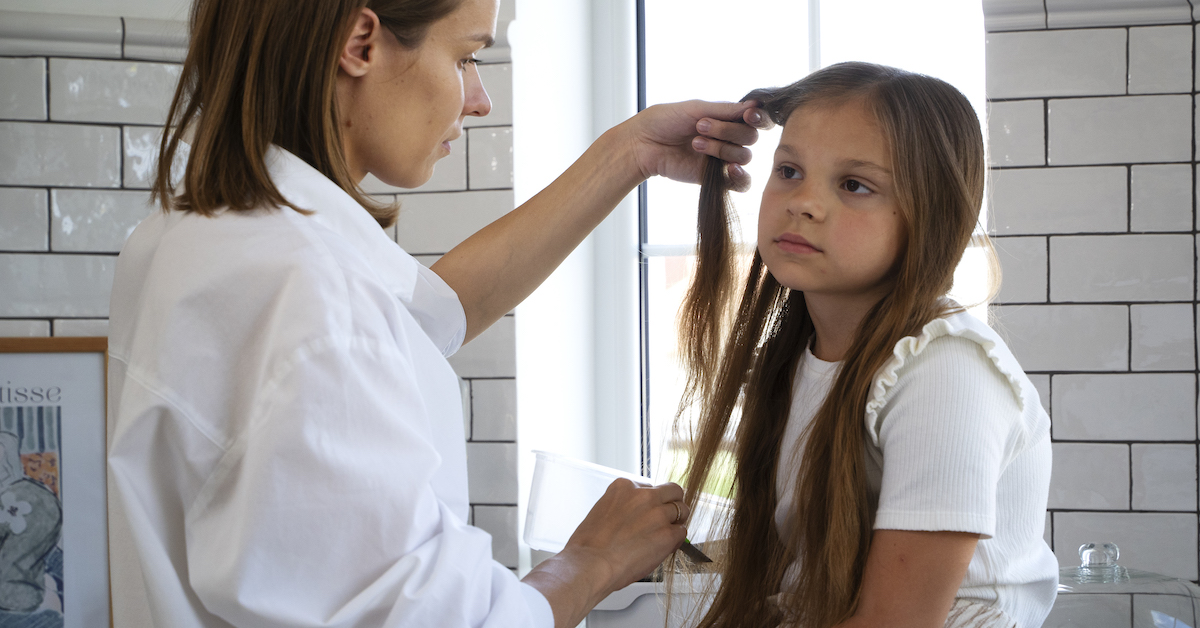The holiday season is a time of joy and togetherness, meant for celebration, not cleaning up a lice infestation. When the kids come home for the winter vacation, they might bring a few unwanted guests with them – like head lice. The same goes for when you go to family gatherings or celebrations with friends. Given the increased number of potential places to become a host, lice prevention tips for the holiday season become even more critical.
While you can catch lice any time of the year, risking exposure during the holidays isn’t worth it. These pests spread primarily through head-to-head contact, so start your prevention efforts there to have a worry-free holiday season. As your leading source for lice prevention and treatment, we’ve compiled a list of the best lice prevention tips for the holiday season plus removal tips to help make sure that you enjoy a lice-free holiday!
Table of Contents
Why The Holidays are a Common Time for Lice to Spread
During the holiday season, the increased frequency of close, intimate social gatherings can contribute to a higher risk of head lice transmission among family and friends. The festive holiday atmosphere often involves hugging, cuddling, and close interactions during family events, which may inadvertently provide opportunities for lice to spread from one person to another.
Children engaging in playful activities, such as sharing hats or taking group photos, can further facilitate the transfer of lice infestations. Additionally, the hustle and bustle of the holiday preparations may lead to less attention to personal hygiene practices, making it easier for lice to move from one individual to another.
To minimize the risk, families need to be aware of preventive measures, encourage good hygiene habits, and educate members about the importance of avoiding head-to-head contact and sharing personal items during these joyful holiday celebrations.
Why a Lice-Free Holiday is Important
Avoiding getting lice is important for several reasons. Firstly, head lice infestations can be uncomfortable and itchy, causing irritation and distress. The constant itching can lead to skin infections and disrupt daily activities. Secondly, lice are highly contagious, and their spread can be challenging to control, particularly in close-knit environments such as schools or households. Preventing lice is crucial for maintaining a hygienic living environment and minimizing the risk of transmission to others.
Additionally, the social stigma associated with lice infestations can be a source of embarrassment and stress, especially for children. By taking proactive measures to prevent lice, individuals and communities can contribute to a healthier, more comfortable, and socially positive environment.
What You Need To Know About Lice Infestation Prevention: Holiday Season Lice Tips
Knowing the basics of lice infestation prevention is the first step in lice prevention. Here are some tips to remember before you travel for the holidays:
- Bring your own pillowcases and sheets when staying in hotels or with relatives. This reduces your chances of coming into contact with lice present in shared bedding.
- Encourage your kids to wear jackets or hooded outerwear in crowded places. This simple measure can help prevent head-to-head contact, reducing the risk of lice transmission.
- Don’t forget to do head checks during travel, especially if your family is in close quarters for more than a few minutes.
- Keep your living spaces clean and vacuum regularly, paying attention to areas where people frequently gather. This reduces the chances of lice or nits surviving in the environment, allowing you to return home to a clean, lice-free home after your travels.
Lice Infestation Prevention Tips for Holiday Gatherings
Head lice awareness doesn’t stop when you get to your holiday celebration. When you know you won’t have much personal space, follow these lice infestation prevention tips to avoid bringing lice home with your gifts.
- Before the holiday festivities kick in, take a moment to screen family members, especially the kids of the bunch, for any signs of head lice. Use a fine-toothed comb to check for lice and nits (lice eggs) several times before you travel.
- Take the opportunity to educate friends, family, and other people you’re celebrating the holidays with about the importance of lice prevention during this time. Encouraging everyone to participate in creating a collective effort can significantly reduce the risk of infestation.
- While holiday hugs and close greetings are common and usually expected in some situations, ask people to respect your personal space to minimize the risk of head-to-head contact. This reminder is handy for children who may not realize how quickly lice can spread from one head to another.
- Suggest holiday activities that don’t promote the spread of lice. Structured games, crafts, and activities can make holiday gatherings enjoyable and lice-free. Host these activities in a large space where people can spread out and around the room.
- Avoiding the sharing of personal belongings like hats and hair accessories that can facilitate lice spread. Encourage everyone to keep their belongings separate to avoid unintentionally sharing these items, allowing lice to find a new home on your scalp.
In the spirit of joyful holiday celebrations, remember that head lice awareness remains crucial. By diligently following these head lice infestation prevention tips for the holiday season, from pre-screening for lice to educating your loved ones and setting boundaries for personal space, you can create a festive environment that is not only full of warmth and cheer but also free from the unwanted presence of lice.
By promoting these practices and choosing lice-conscious activities, you contribute to a collective effort that significantly reduces the risk of infestation, ensuring that the season is filled with happy memories and not the inconvenience of dealing with head lice.
Lack of Head Lice Awareness Can Cause a Psychological Impact
Holiday lice infestations don’t just impact your scalp. They can ruin the season’s festivities, bringing unwelcome stress and discomfort to your family. After noticing the signs and symptoms of lice, you might deal with anxiety, embarrassment, or a sense of isolation, especially when holiday gatherings are at their peak. Missing out on the fun is only one part of it. For people with older or sick family members, it could mean missing out on making lasting memories with loved ones.
Taking the necessary measures to protect everyone from lice during the holidays can strain your relationships with family and friends, especially if they aren’t concerned about dealing with these pesky creatures. Understanding which lice infestation prevention methods will work best for your holiday plans is essential.
When Lice Infestation Prevention Fails
What happens when your prevention efforts fail? If you or someone in your household does fall victim to a lice infestation, don’t panic. The Lice Clinics are here to help you find the appropriate and most effective treatment to destroy any trace of lice, nits, and what they leave in their aftermath. With more than 950,000 successful treatments on our records, we’re confident that options like our heated air device make a significant difference in getting rid of holiday lice infestations compared to other methods. Contact one of our South Carolina locations, Greenville and Anderson, to schedule an appointment.






